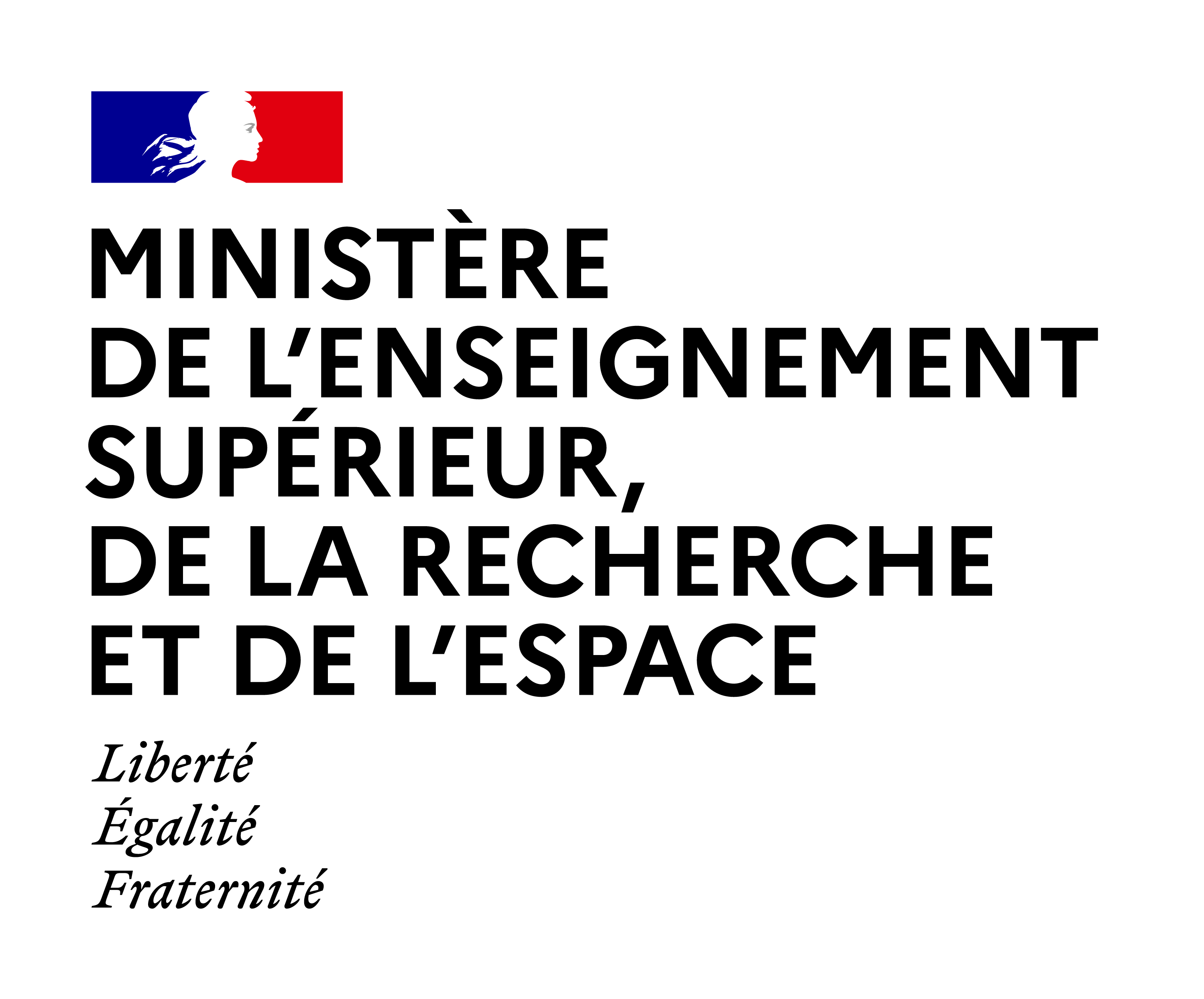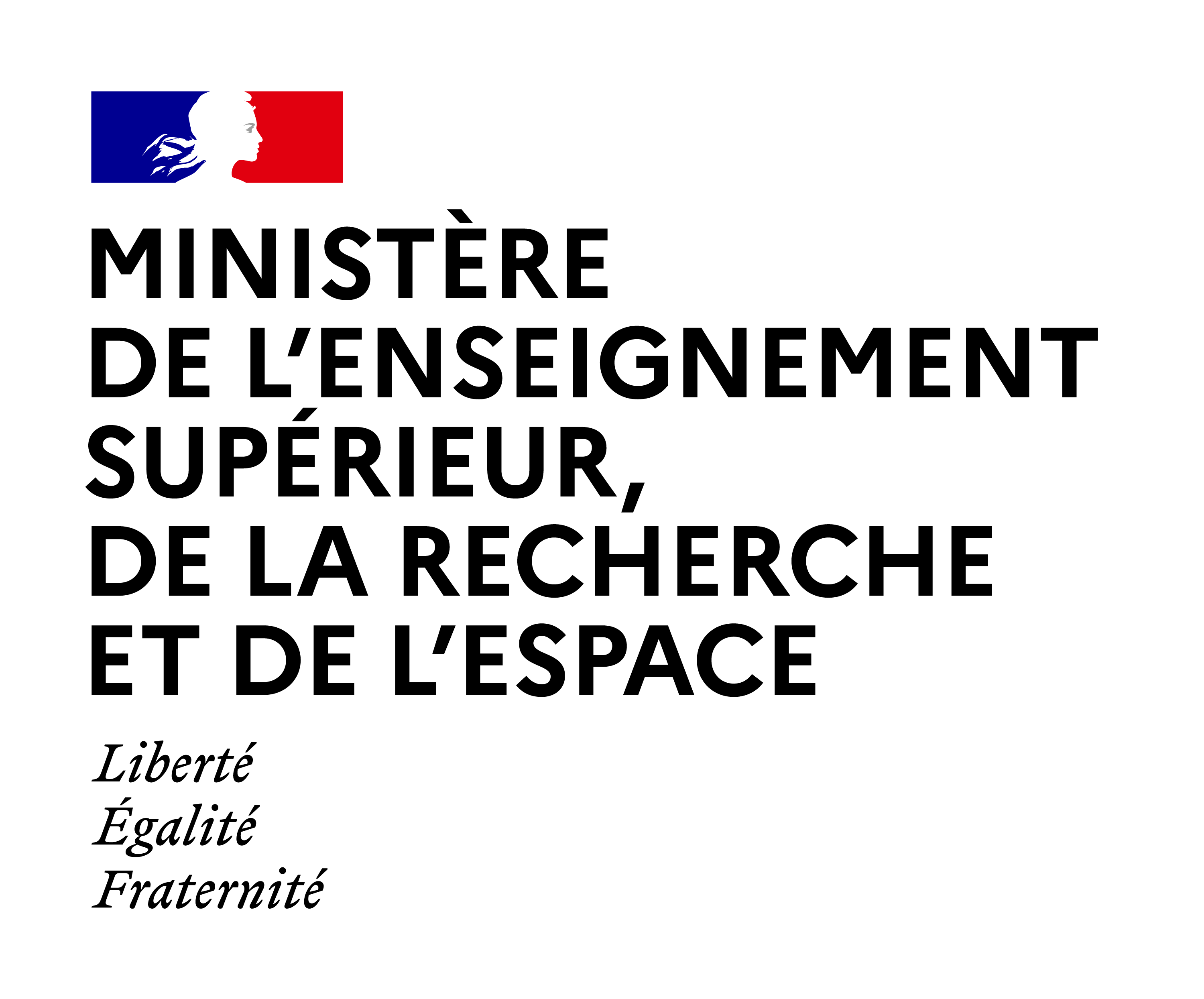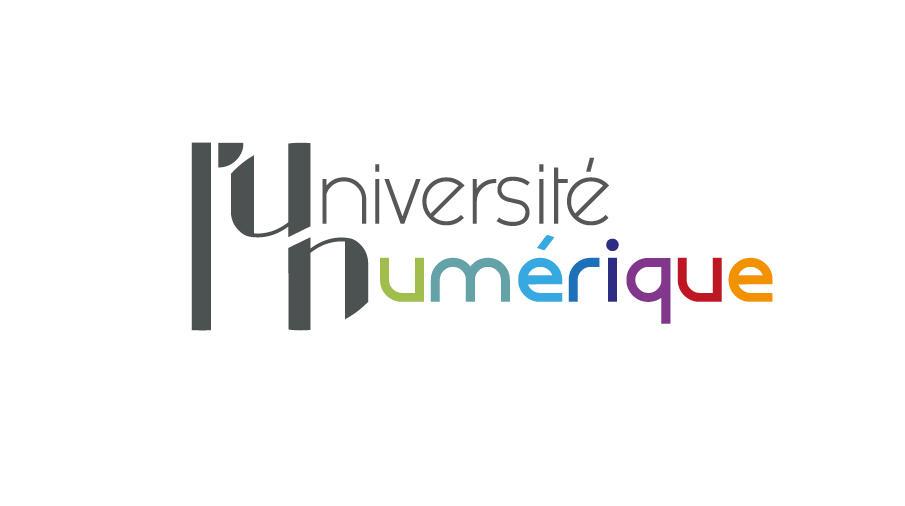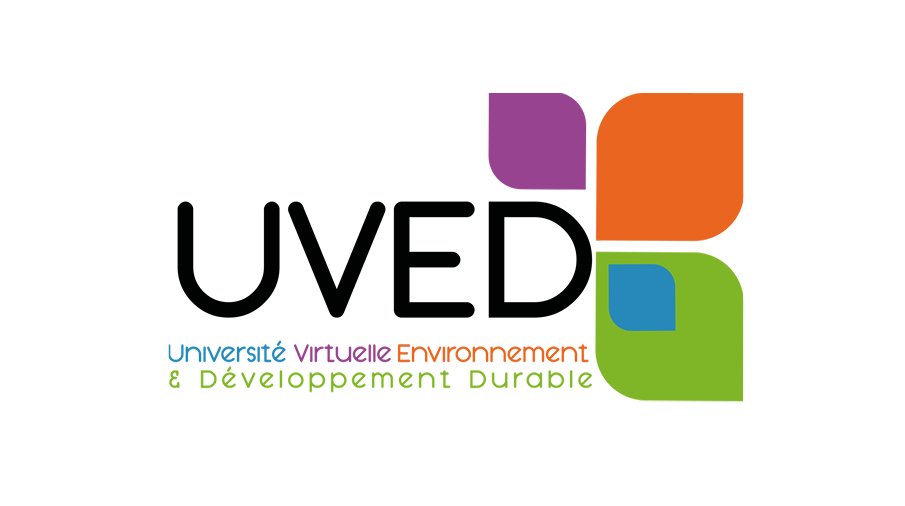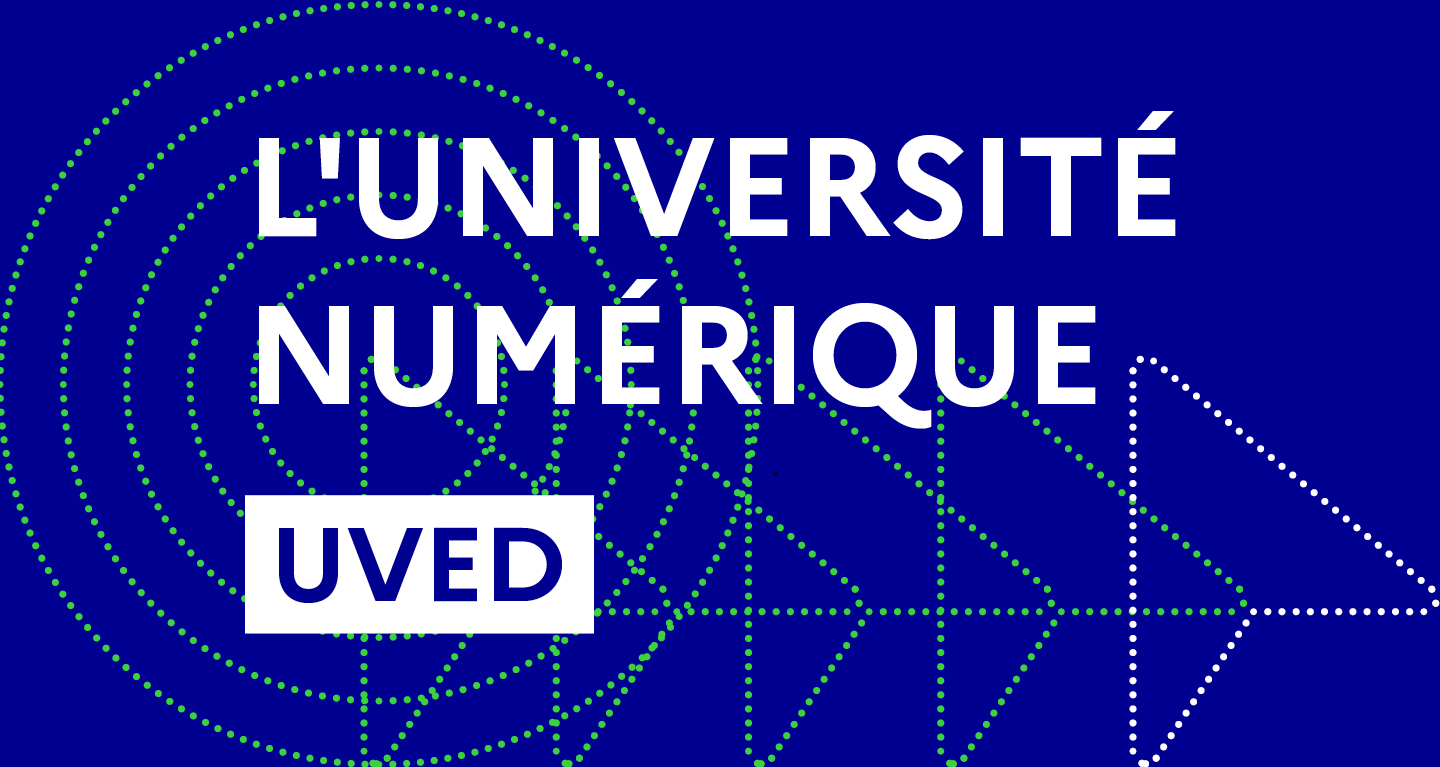
Sommaire
Integrating Remote Sensing, GIS and Prediction Models to Monitor the Deforestation and Erosion in Peten Reserve, Guatemala
Date de création :
05.10.2011Auteur(s) :
Martin Paegelow, Fernanda Renno, Nathalie VillaPrésentation
Informations pratiques
Licence Creative Commons : Attribution, Pas d'utilisation commerciale, Partage dans les mêmes conditions
Description de la ressource
Résumé
This contribution provides a strategy for studying and modelling the deforestation and soil deterioration in the natural forest reserve of Peten, Guatemala, using a poor spatial database. A Multispectral Image Processing of Spot and TM Landsat data permits to understand the behaviour of the past land cover dynamics; a multi-temporal analysis of Normalized Difference Vegetation and Hydric Stress index, most informative RGB (according to statistical criteria) and Principal Components, points out the importance and the direction of environmental impacts. We gain from the Remote Sensing images new environmental criteria (distance from roads, oil pipe-line, DEM, etc.) which influence the spatial allocation of predicted land cover probabilities. We are comparing the results of different prospective approaches (Markov Chains, Multi Criteria Evaluation and Cellular Automata; Neural Networks) analysing the residues for improving the final model of future deforestation risk.
- Granularité : grain
- Structure : collection
Intervenants, édition et diffusion
Fiche technique
- LOMv1.0
- LOMFRv1.0
- SupLOMFRv1.0
- Voir la fiche XML
